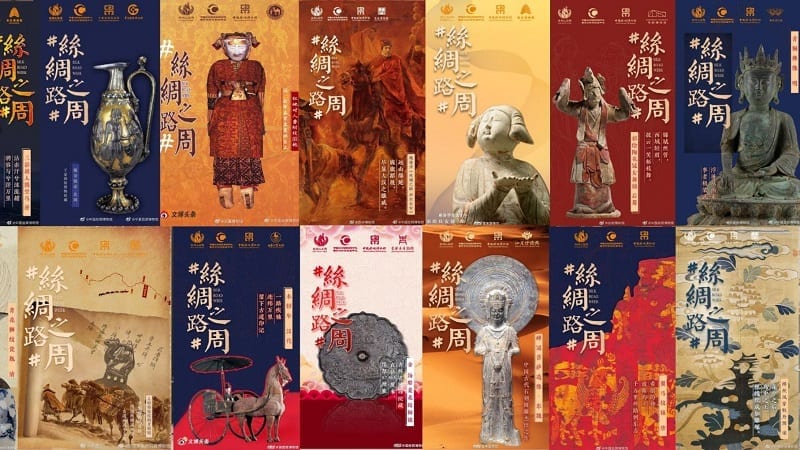
Q – How do you describe your work to people who don’t know anything about your field?
I am the VP of global development for IMWD (INTL Museum Workers Day) and GSHA (Global Sports Heritage Association) in which capacity I reach out to and connect with heritage and museum professionals around the world to engage with our various projects, year-round.
Over the past five years, we have expanded our reach for International Museum Workers Day (IMWD) to some 170 countries and territories around the world. So, you could say, that continues to be a lot of reaching out …
This year, we have founded Global Sports Heritage Association, and the upcoming, first annual Global Sports Heritage Day which will be celebrated on 22nd Feb, 2021 #GSHD2O21.
Stay tuned for lots of info on these two projects.
Q – How did you start in the heritage field?
My father was a teacher and he instilled in his children a great interest in our Irish culture and language, and gave us all the opportunity to further our education in what interested us.
Having been born at the bottom of a hill on which stands a megalithic tomb – The Dolmen of the Four Maols (2000 BC) – also helped stir my interest in heritage and archaeology.
None of this would have mattered if my mother besides rearing her twelve children hadn’t made sure that we kept up with our studies.
Lastly, though I am not an academically trained curator, years ago I owned an antique store in the United States. Picking and shipping European antiques that I deemed of interest for the American collectors was quite a daunting experience.
These days, in addition to my work with IMWD and GSHA, I am more interested in writing poems which is a form of intangible heritage.
Q – What inspired you to work with the museum and heritage world on a global scale?
I have spent most of my life living and working in foreign lands, trying to blend in and learn to understand the cultural mores of each community.
Having this opportunity (to work with IMWD & GSHA) to help increase communication and understanding between heritage workers around the world while learning aspects of their heritage is fascinating. The days aren’t long enough.
Dolmen of the Four Maols, Ballina, Co. Mayo, Ireland, courtesy Mike Kinsella
Q – What is the most memorable object you’ve researched, or worked with?
As I mentioned before, I was born in a house at the foot of a low hill on which stands a megalithic tomb (Dolmen of the Four Maols 2000 BC) in County Mayo, Ireland. As children we would run up and stand on top and jump, wave and shout down to my mother standing at the front door.
The knowledge that four thousand years ago people moved such massive stones drove my imagination wild. Researching the site’s history, I found out it actually is not a dolmen (portal tomb) at all but rather a “cist” which may have been the central feature of a Bronze Age burial cairn.
To this day, it still intrigues me as to who is buried there.
Q – Do you recall when was the first time you heard of the phrase “Silk Road”? What was your first impression of it?
When as a boy I read books on Marco Polo. I wanted to ride a camel and head to China.
Q – Which city or region along the Silk Road are you looking forward to visit, for the first time?
It’s a toss up between Samarkand, Uzbekistan and Almathy, Kazakhstan.
Q – What language(s) spoken along the Silk Road have you studied, or would wish to study?
It would be Chinese to study.
Q – What is the hardest part of your work that people don’t realize?
Allocating time to each country so that MuseumViews and our projects expand their reach and interest at a steady pace in each region, on a yearly basis.
Q – What is your dream (or even fantasy) research project?
To hold a gathering where instead of representing their countries, delegates represent the continent on which they live in. Therefore, each year a different group of countries would send delegates for their particular continent.
You did say dream!
Half Portraits of the Great Sage and Virtuous Men of Old (至聖先賢半身像), Mencius (孟子, born 孟軻 – circa 385–303 BC), collection National Palace Museum.
Q – If it were possible, what historic figure would you like to meet? Why?
Mencius a follower of Confucius who was born about a century after his death. He traveled from province to province in China, trying to advise local rulers.
It would be interesting to hear him elaborate on his belief that all humans have innate but incipient tendencies toward benevolence, righteousness, wisdom, and propriety.
He is most remembered for his claim that “Human nature is good.”
If he has no interest to meet then I would enjoy talking to the first Irishman who travelled to China: James from Ireland. In 1318 he accompanied Friar Odoric of Prodenone on his journeys in the Far East.
Sino-Japanese production The Silk Road (敦煌), also known as Dun-Huang, 1988, directed by Junya Satō.
Q – What movie best depicts a historic or aesthetic aspect of the Silk Road?
The movie Junya Satō’s The Silk Road (1988), also known as Dun-Huang.This was a Chinese-Japanese co-production.
The backdrop of the plotl-ine is the Mogao Caves, a Buddhist manuscript trove in Dunhuang, Western China, located along the Silk Road during the Song dynasty in the 11th century.
Q – What music or soundtrack most embodies the sound of the Silk Road for you?
A Chinese tune called 喜洋洋 (Xi Yang Yang) learned by the Irish group “The Chieftains” when they toured China in the 1983. Back then we were told they were touring in the Far East. We always considered ourselves in Ireland to be living in the Far West.
Q – What fundamental change(s) in your work do you anticipate in the post-pandemic world?
I expect that people will be more willing to take the time to engage with their co-workers around the world. Mainly due to a growing sense of the urgency to collaborate at all levels to create a sustainable future for all of us.
Q – What modern day cultural trend (sports, music, art, architecture) has its roots in the Silk Road – that majority do not know?
Chinese noblemen playing cuju, courtesy Sohu.com Football (or Soccer in America) today evolved from the ancient Chinese game of football or Cuju or Ts’u-chü. These (football) games were standardized and rules were established as early as 206 BC- 220 AD, during the Han Dynasty ! In July 2004, FIFA (International Federation of Association Football) formally announced the origin of soccer to have come from Zibo, Shandong Province, China.
Stay tuned for more on #SportsHeritage on the #SilkRoad celebrated by GSHA (Global Sports Heritage Association) during the first annual #SilkRoadWeek, June 19-24, 2020.
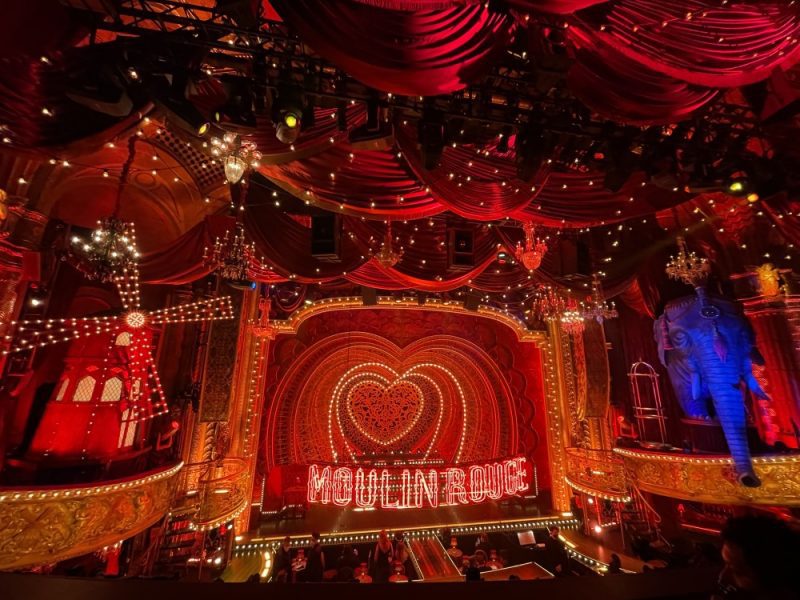 My latest theater experience seeing Moulin Rouge Broadway, December 15, 2021
My latest theater experience seeing Moulin Rouge Broadway, December 15, 2021 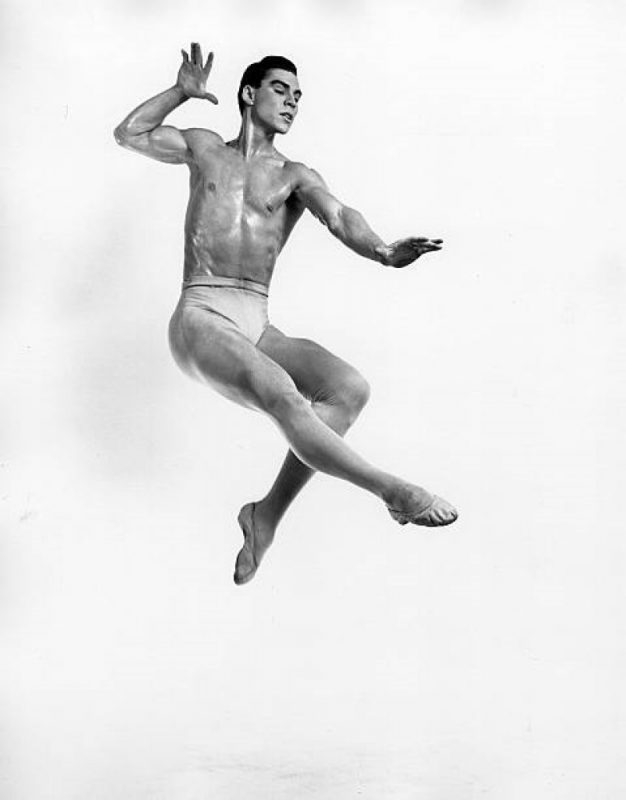
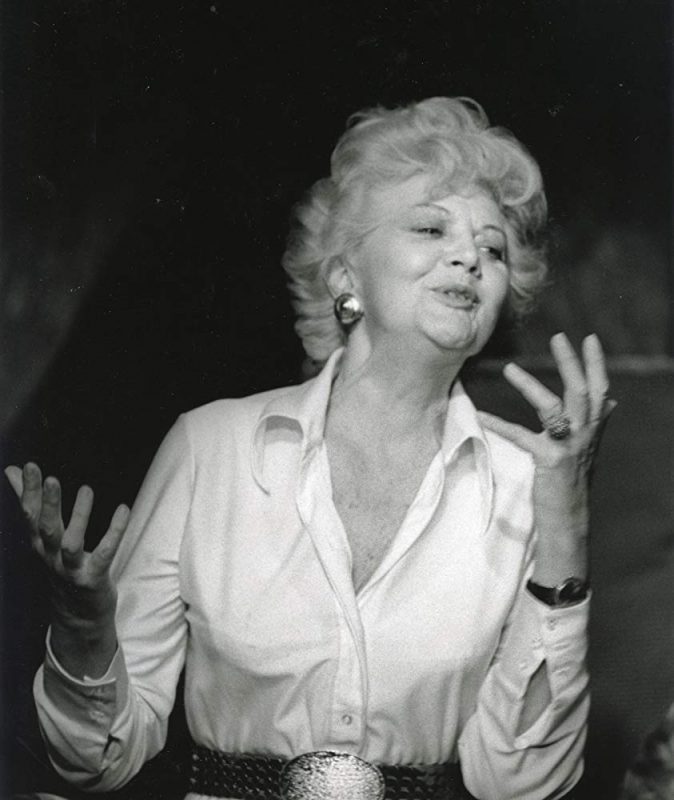
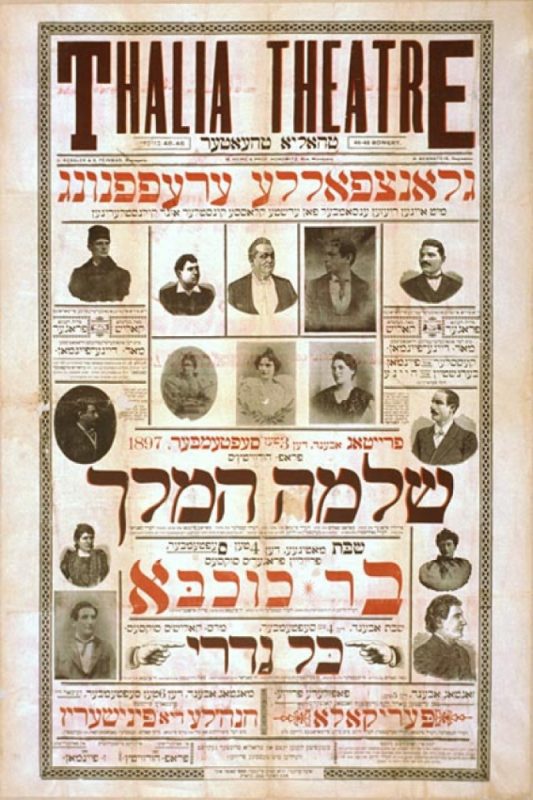
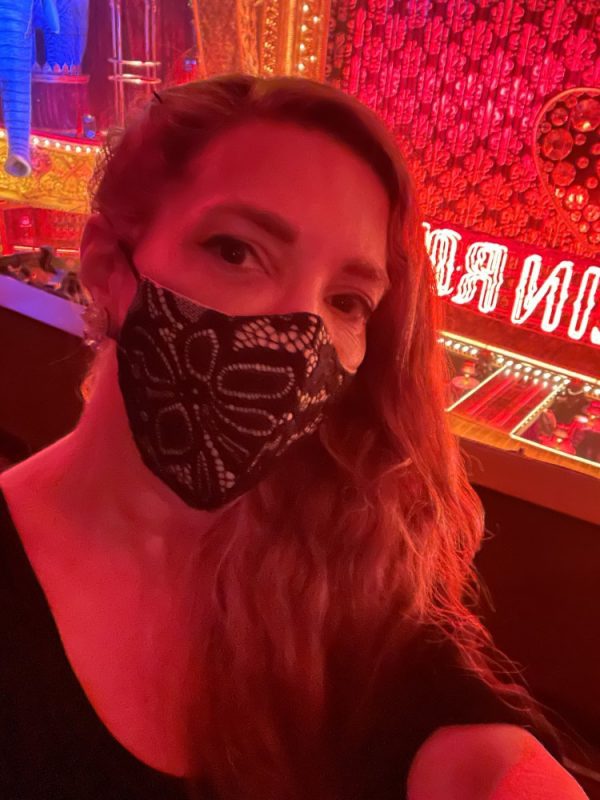
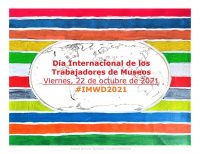
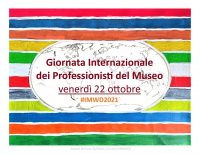

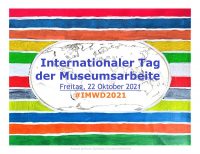

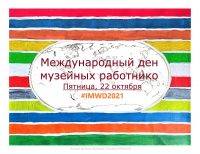



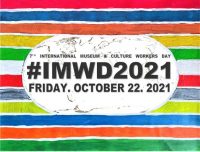
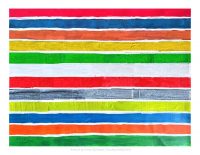


 “We honor UNESCO’s Silk Road Programme since its mission, as we understand it, is a call to humanity to unite and thrive.” Homa Taj Nasab | Founder GSHA, MuseumViews, IMWD
“We honor UNESCO’s Silk Road Programme since its mission, as we understand it, is a call to humanity to unite and thrive.” Homa Taj Nasab | Founder GSHA, MuseumViews, IMWD

